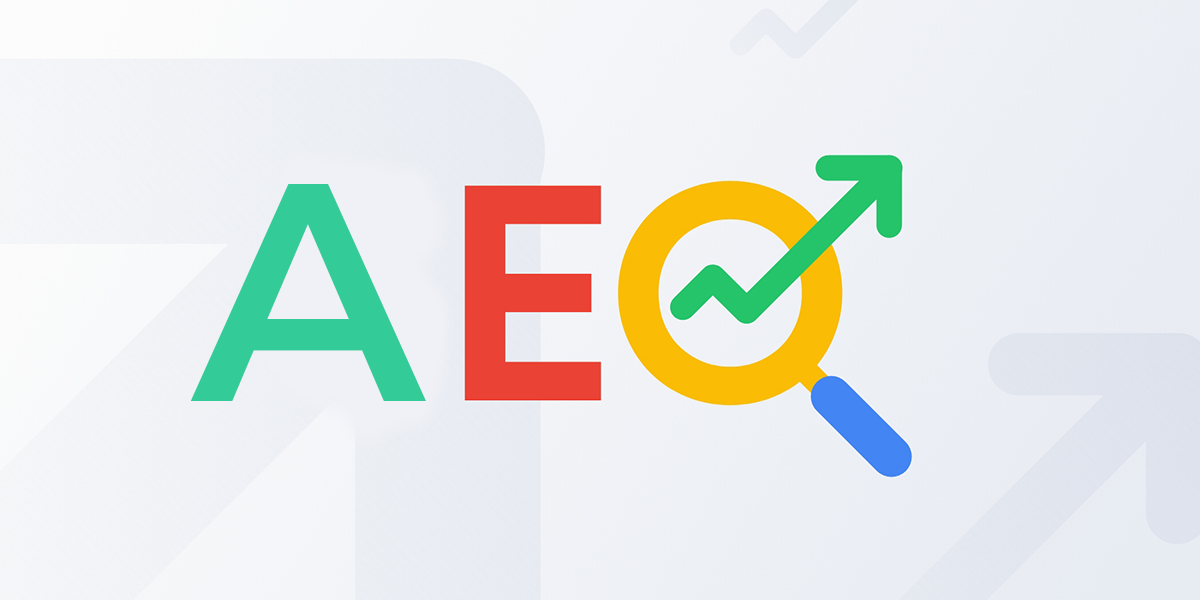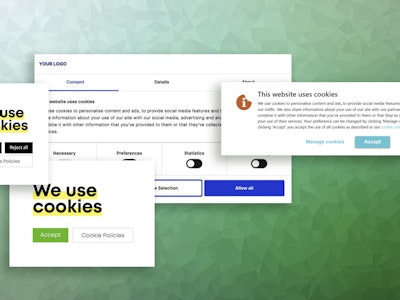Google's new AI-powered search technology is transforming digital visibility - and forcing website operators to completely rethink their content. Welcome to the age of answer engines.
Since May 2025, Google has activated ‘AI Mode’ - an inconspicuous name for a profound change. If you google something in the USA today, you no longer see ten blue links, but an AI-generated answer field. This so-called ‘AI Overview’ provides the information you are looking for directly - nicely structured, visually presented and often so good that you don't even click any further.
What does that mean? If you want to be found online, you no longer just have to be visible.
You have to be the answer.
Ask Search anything by Google I/O 2025
Answers instead of clicks
According to a study by Sparktoro (2024), 60 per cent of all search queries today end without a click on an external website. Users get their answer on a platter - served up by Google itself. This is made possible by AI models such as BERT and MUM, which no longer search for keywords but for meaning. In other words: Google now understands what you mean, not just what you write (Google, 2021).
Traditional SEO is no longer enough. If you want to appear in AI overviews today, you have to deliver:
- Structured content that is suitable for Schema.org & Co.
- Conversational language that sounds like an answer
- Semantic depth, not just keyword density
In short: Google will cite you if you speak like a human - and write like a machine. According to Tuten & Solomon (2020), this requires content that is clear, modular and structured in a semantically meaningful way. Google (2025) adds: Trust is everything - because without E-E-A-T (Experience, Expertise, Authoritativeness, Trustworthiness), your content won't end up in the response field, but somewhere in Aargau (sorry 😉).
Why your website traffic is on a diet
The new Google may make you visible - but no longer clickable. According to SEMrush (2023), organic traffic is dropping even with top rankings. People read the AI overview - and move on. Many website operators are clearly feeling the effects of this, even though their content is technically perfectly optimised.
A study by Sharma & Dhiman (2025) shows: 42 per cent of the marketing professionals surveyed report a loss of visibility since the introduction of AI Search. And over 50 per cent have never heard of AEO. A strategy that so many are ignoring could be exactly the one you need right now.
What counts now
The click-through rate (CTR)? It was once the measure of all things. In the world of AI-supported search, however, it has had its day. Today, other metrics matter - ones that actually measure whether you are perceived as a relevant source, not just whether someone clicks on your link.
The key questions today are:
- Is your content being used by Google in AI Overviews?
- Does your brand appear in a knowledge panel?
- How often are you mentioned as a source for direct answers?
These new metrics - including ‘Snippet Visibility’ or ‘AI Answer Presence’ - are not just a nice add-on. They are the new foundation of digital visibility. According to Wordstream (2021), this change also offers opportunities: those who manage to generate more trust and relevance with fewer clicks will be at the forefront of the new search ecosystem.
Visibility starts with the ability to provide answers.
Today, Google search is more of a dialogue than a list - and machines are the mediators. Anyone who doesn't understand how these machines think will be ignored. On the other hand, those who learn to structure content so that it is machine-readable, citable and trustworthy will be heard - even without being clicked on.
If you don't find your way into Answer Engine Optimisation now, you will lose out. Renuo is the right partner for anyone who needs support with this.







